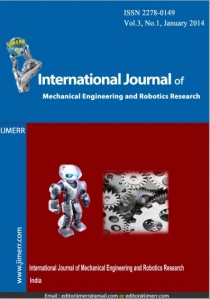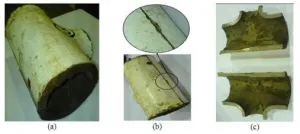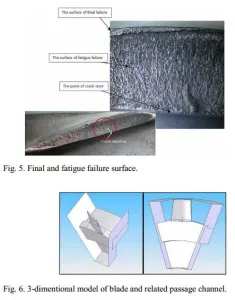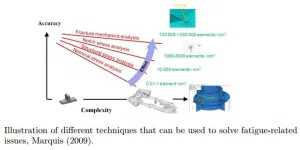 An interesting paper published in « Engineering Failure Analysis » :
An interesting paper published in « Engineering Failure Analysis » :
In July 1968 the Swedish motor vessel “MV Stureholm” traveled from Sweden across the North Atlantic with destination to the American gulf harbours. About 100 nautical miles north of the peninsula Yucatan the 9,000 HP diesel engine failed as a consequence of fatigue failure of the crankshaft. The ship was disabled and had to be towed to Veracruz, Mexico. The Swedish shipowning company decided to perform a temporary repair in Veracruz by welding the fatigue crack. Back in Sweden the damaged but repaired crankshaft was dismounted from the engine and inspected by surveyors. The result was that a fatigue crack had initiated from a subsurface solidification (hot) crack.
This paper brings out the detail of investigation carried out. Read more at : Failure of a Motor Vessel’s Crankshaft 1968.
WordPress:
J'aime chargement…


 An interesting paper in
An interesting paper in 


 A paper in
A paper in 
 Failure analysis of a shaft used in a bridge crane has been carried out. The shaft was fractured in the keyway with evidence of fatigue.
Failure analysis of a shaft used in a bridge crane has been carried out. The shaft was fractured in the keyway with evidence of fatigue. An interesting paper published in «
An interesting paper published in « 


